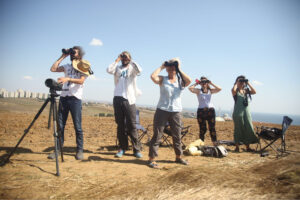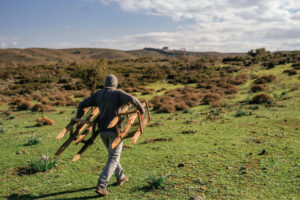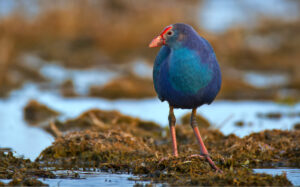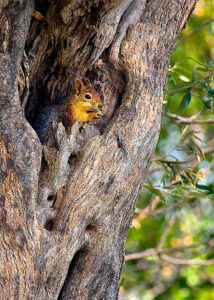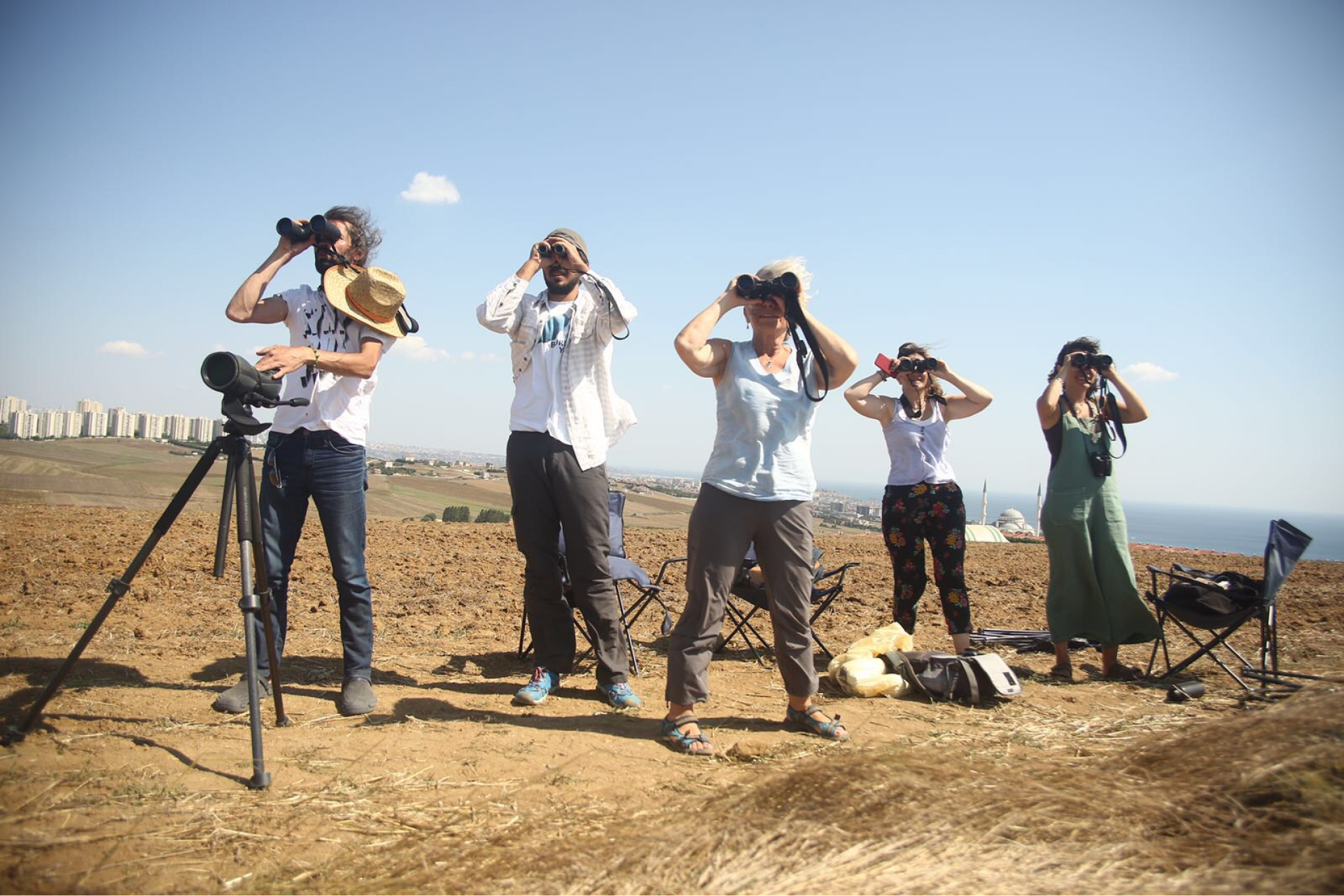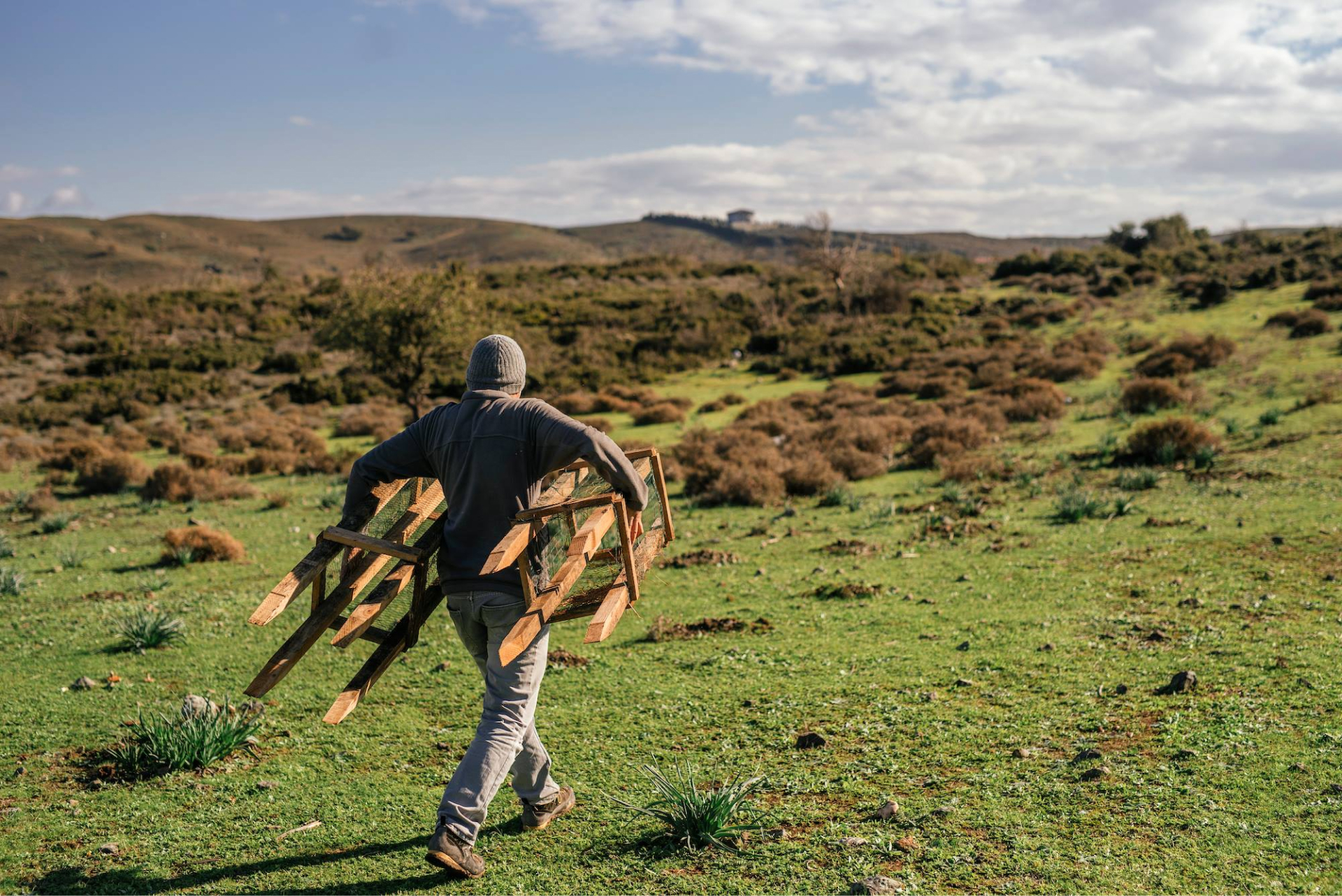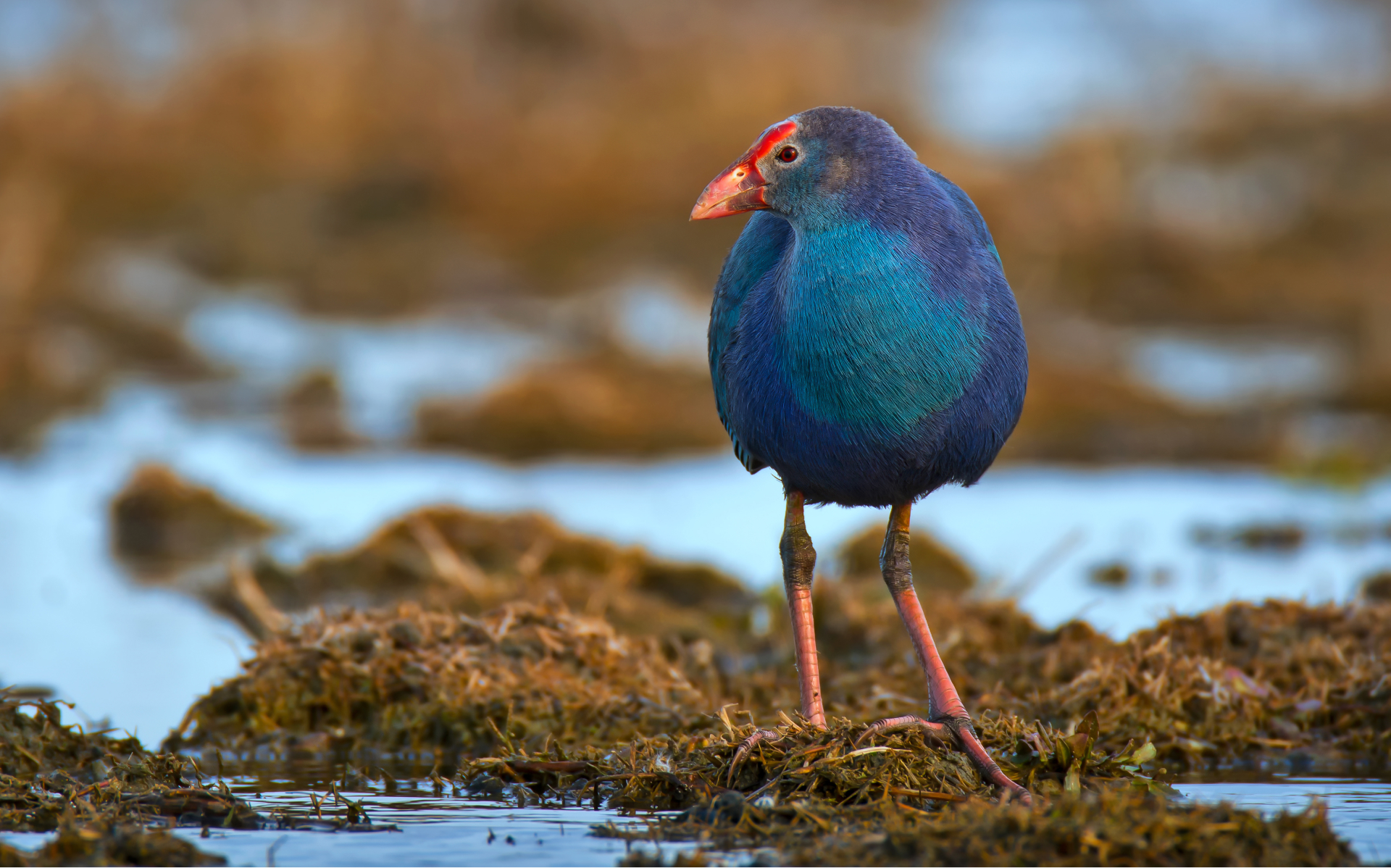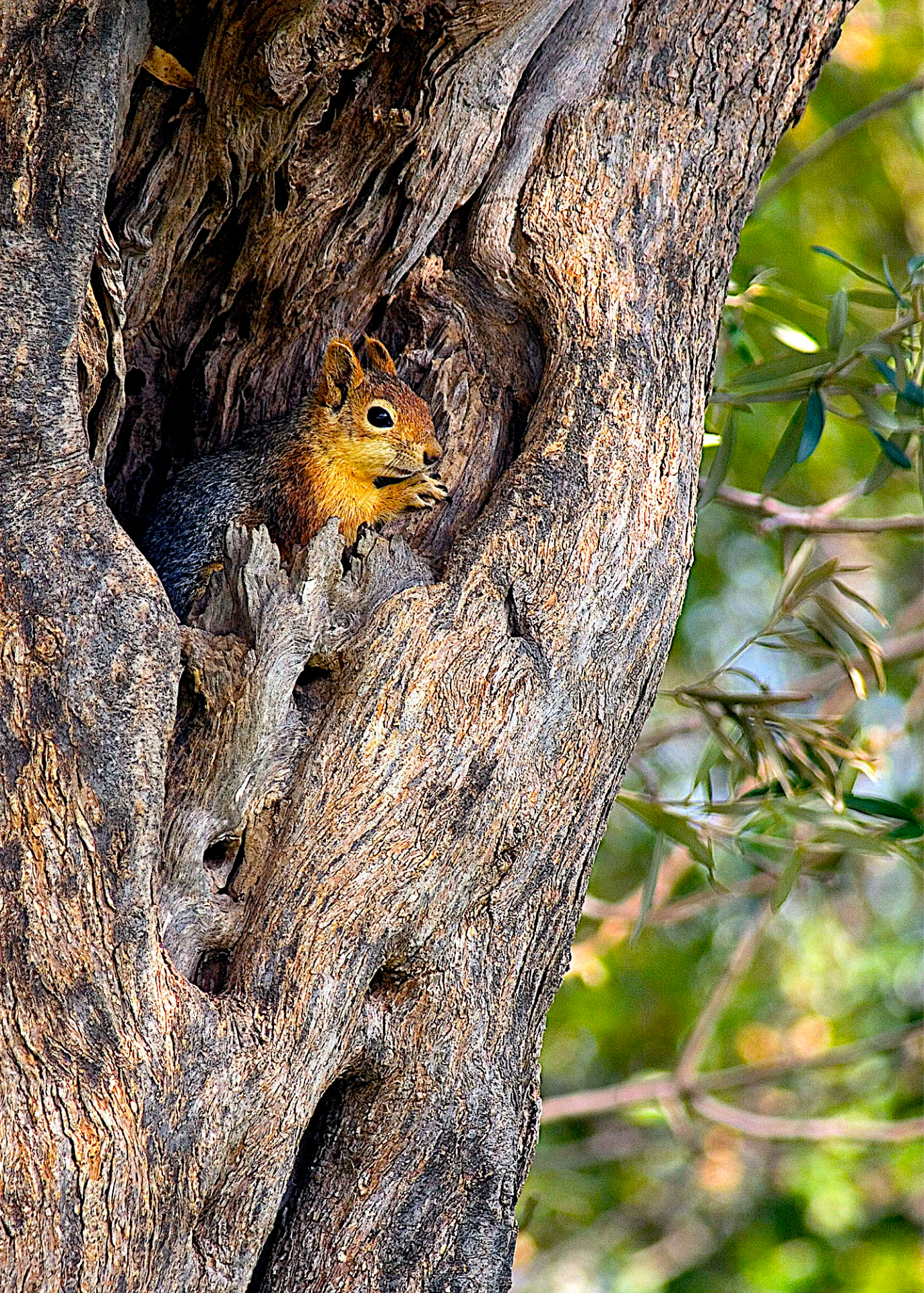Our team applies an integrative approach to biodiversity conservation, combining advanced spatial analysis, field-based ecological research, and globally recognized conservation frameworks. We specialize in the identification and monitoring of Key Biodiversity Areas (KBAs)—sites of global importance for the persistence of biodiversity, characterized by the presence of threatened taxa, restricted-range species, or other irreplaceable species populations/assemblages. These areas are essential to prioritizing and guiding conservation actions.
Using a combination of high-resolution mapping, ecological monitoring, and geospatial modeling, we assess biodiversity patterns and ecological integrity over time. This data-driven approach enables us to track habitat changes, species distributions, and conservation effectiveness, ensuring that management efforts are targeted and adaptive.
A key area of our work is the development of species-specific conservation strategies, particularly for threatened or endemic species. These strategies focus on mitigating critical threats, enhancing habitat connectivity, and improving population viability. All our activities are grounded in principles of nature-based solutions and circular development, reinforcing the long-term persistence and resilience of ecosystems.
We also provide Rapid Biodiversity Assessments—fast yet comprehensive evaluations that support decision-making in dynamic environments such as areas facing development pressure or ecological degradation. Our work embraces innovative tools to identify conservation priorities, assess ecosystem health, and develop site management plans.
In southeastern Türkiye, we are currently undertaking a Rapid Biodiversity Assessment in the Şanlıurfa region as part of the Taş Tepeler Project. Coordinated scientifically by Istanbul University’s Department of Prehistory and supported by the Şanlıurfa Governorship’s Regional Development Investment Program, this initiative explores the interrelationship between Neolithic archaeological heritage and the existing natural landscapes. Our work contributes ecological insight to better understand the environmental settings of Neolithic sites like Göbeklitepe and Karahantepe.
We are contributing to the ecological restoration planning for the Gediz Delta, one of Türkiye’s most vital wetland ecosystems. This project is part of a wider conservation initiative led by Doğa Derneği – BirdLife Turkey, with a focus on restoring natural habitats, supporting migratory bird species, and engaging local communities in environmental stewardship. Our involvement includes developing a long-term restoration vision and technical strategy to improve the delta’s ecological integrity and resilience.
Izmir School is also actively engaged in the national revision of Türkiye’s Key Biodiversity Areas (KBA) inventory, an update to the original 2006 publication. This effort is coordinated by Doğa Derneği – BirdLife Turkey and aligns with the 2016 criteria established by the International Union for Conservation of Nature (IUCN). Our role centers on the application of these globally recognized standards to reassess existing KBAs and identify new sites of ecological importance. The updated inventory aims to provide a scientifically sound foundation for national biodiversity planning and conservation prioritization.
Join us in advancing biodiversity conservation through collaborative research and data-driven strategies.
Selected previous experiences:
● The Living Bay of Izmir Strategy – 2024 (in Turkish)
● Izmir’s Nature-Based Living Strategy 2022
● Overview of Doga’s (BirdLife in Turkey) Conservation Work 2018
● Article: Identifying key biodiversity areas in Turkey: a multi-taxon approach 2016
● Book: Türkiye’nin Önemli Doğa Alanları – Key Biodiversity Areas of Turkey 2006
● Irano-Anatolian Hotspot 2024
● Key Biodiversity Areas (KBAs) as Site Conservation Targets – Development of the KBA concept and criteria 2004
● The breeding population of some species of waterbirds at Gediz Delta, Western Turkey 1997
